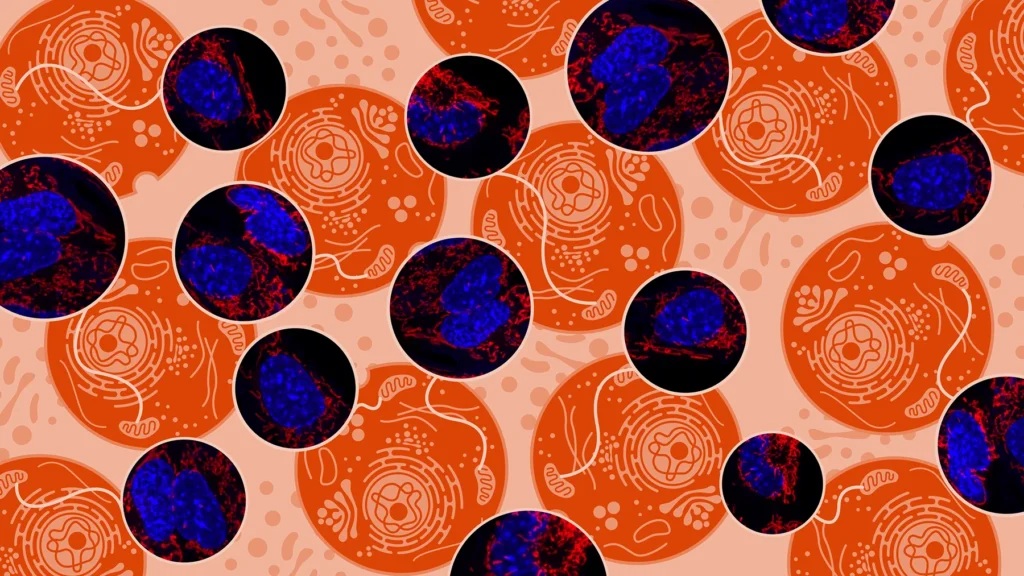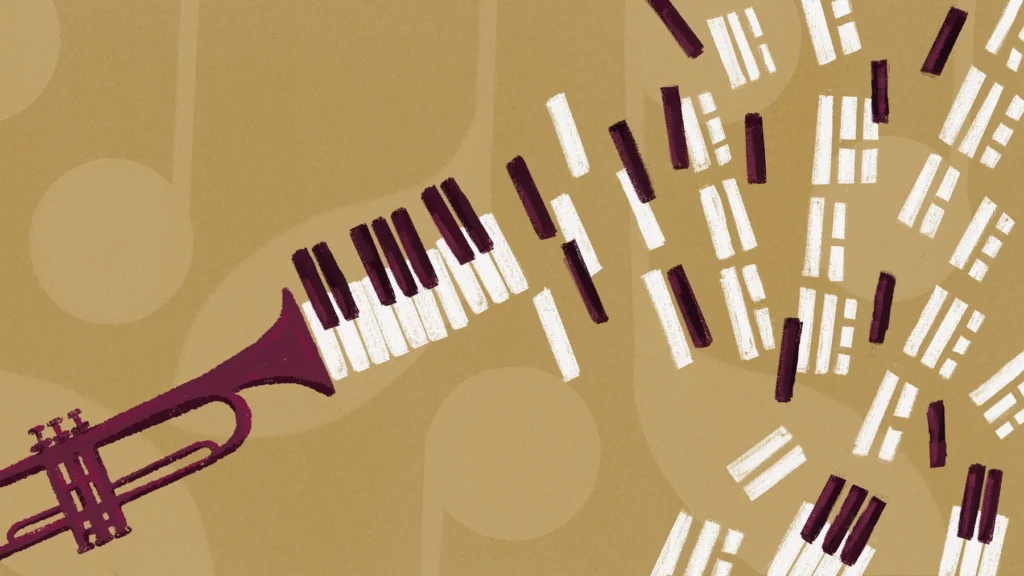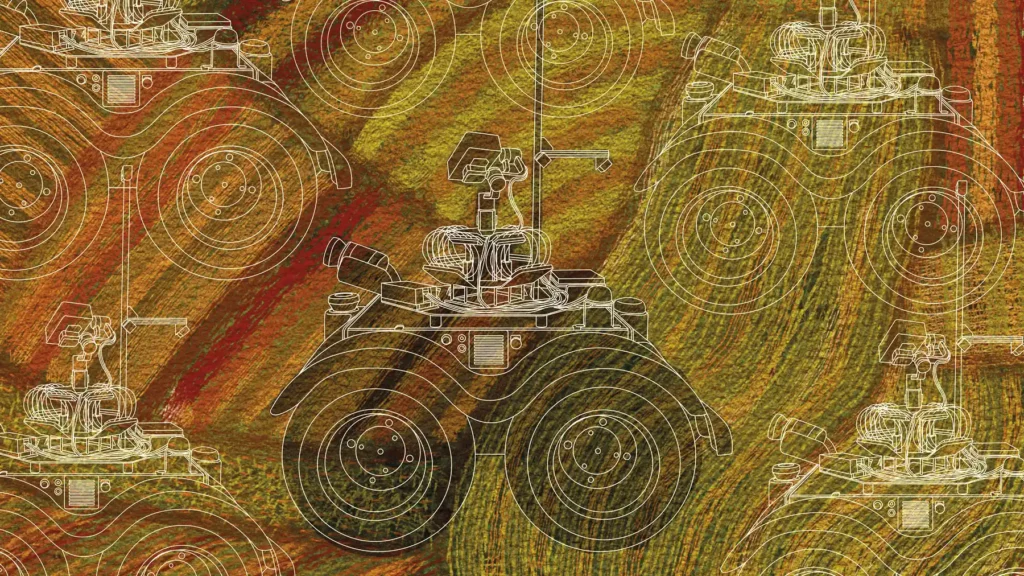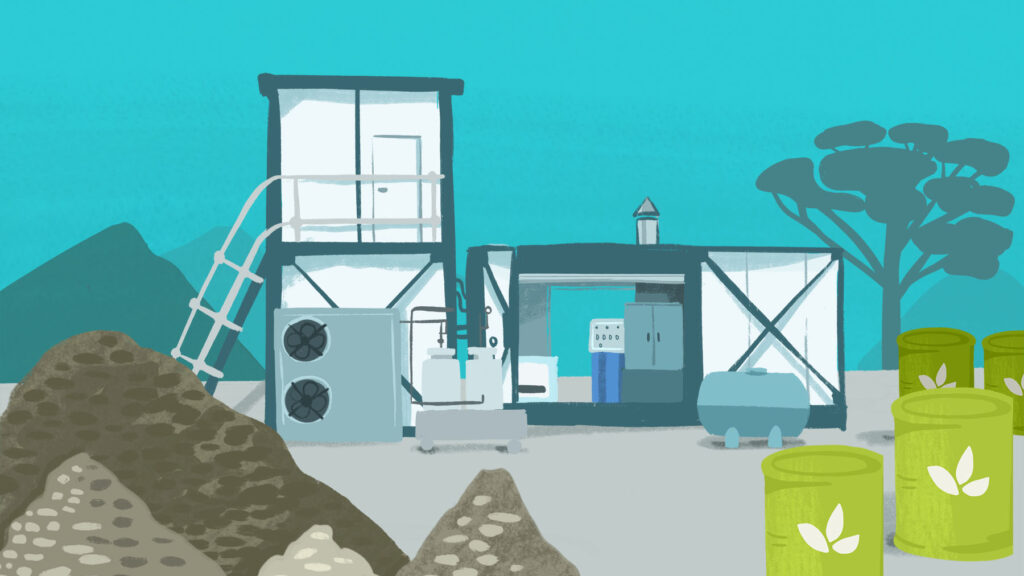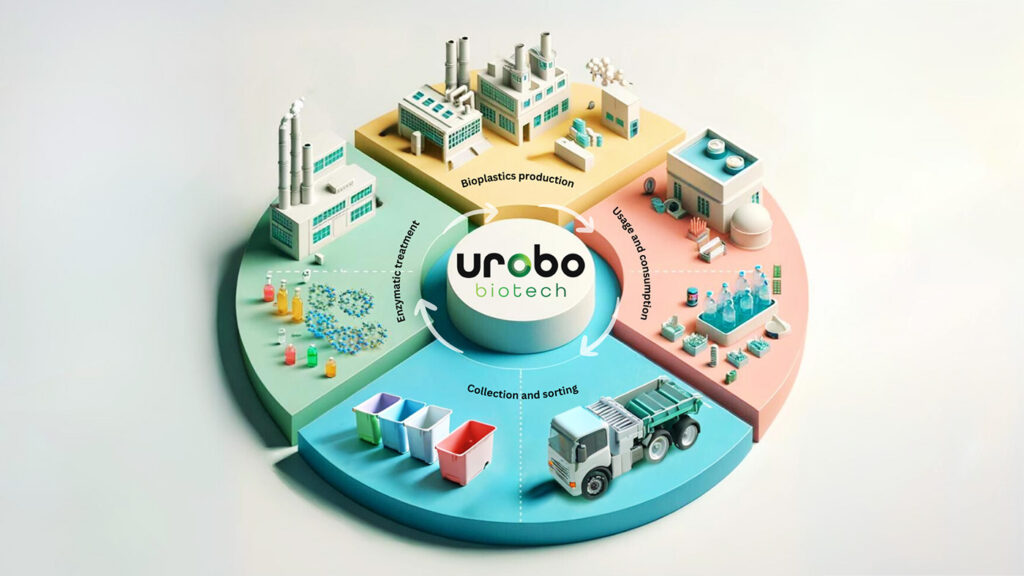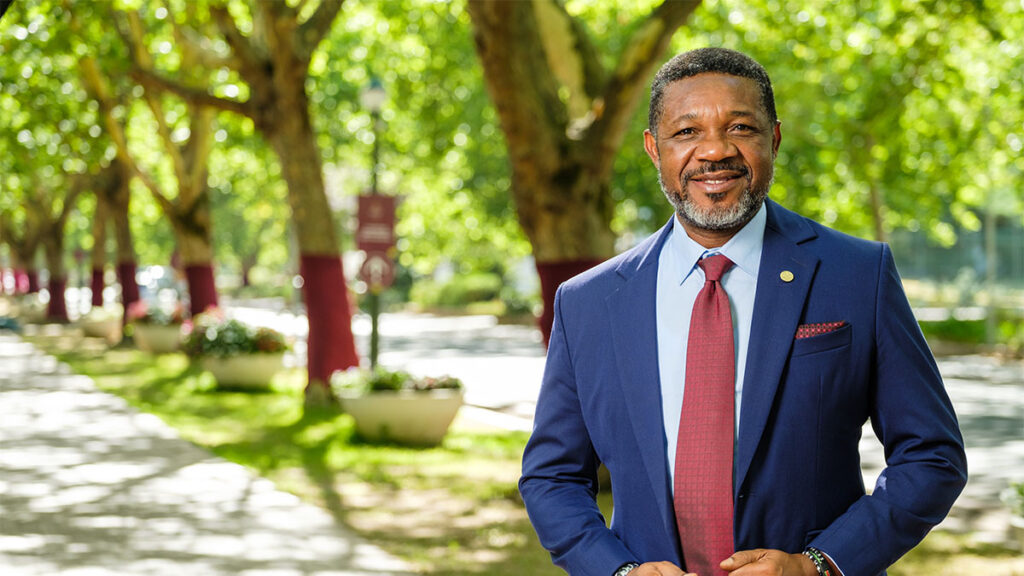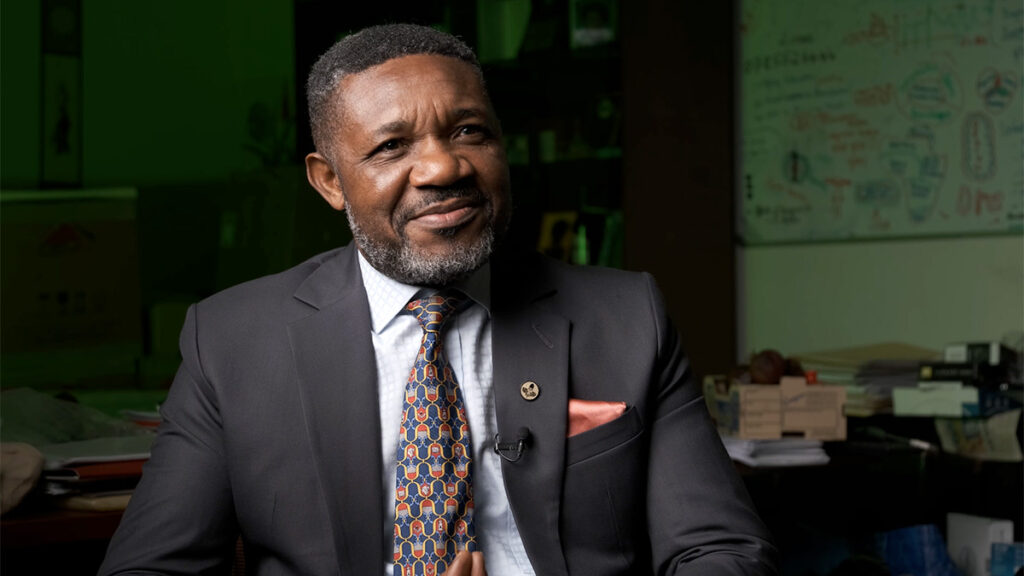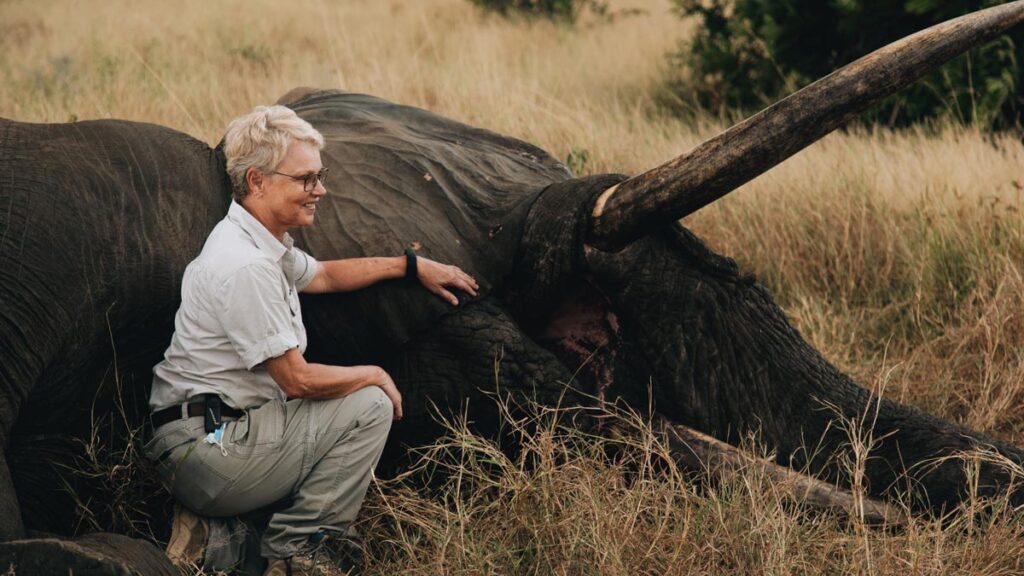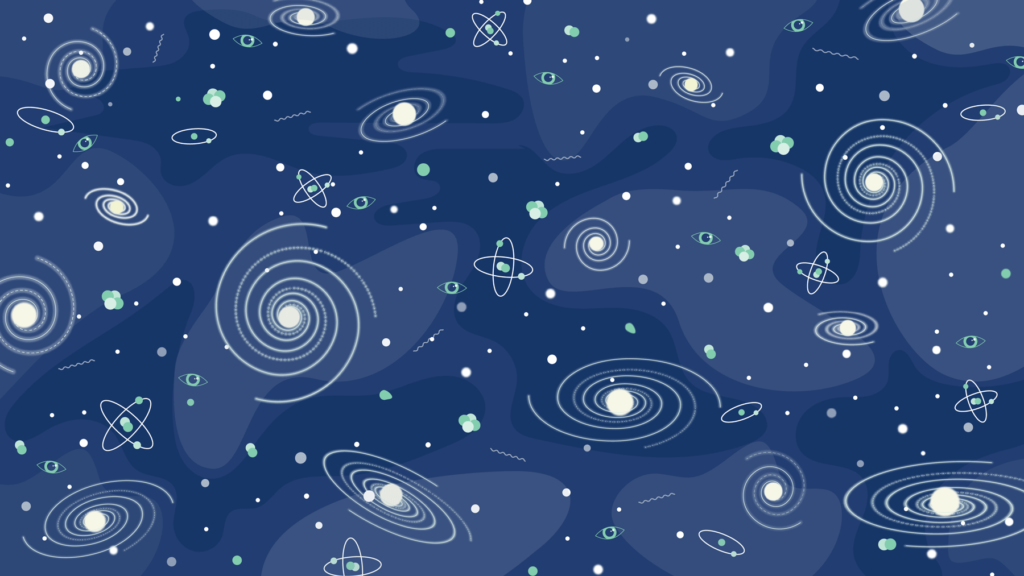
In search of the invisible
Gravity originating from this visible matter is simply not enough to have led to the formation of our galaxy or stars, astrophysicist Prof Yin-Zhe Ma says. “We therefore know that there must be ‘more’.” He is on a mission to connect fundamental physics with astronomical observations in order to understand the basic laws of the universe, as well as its expansion and the birth of the first galaxies.
